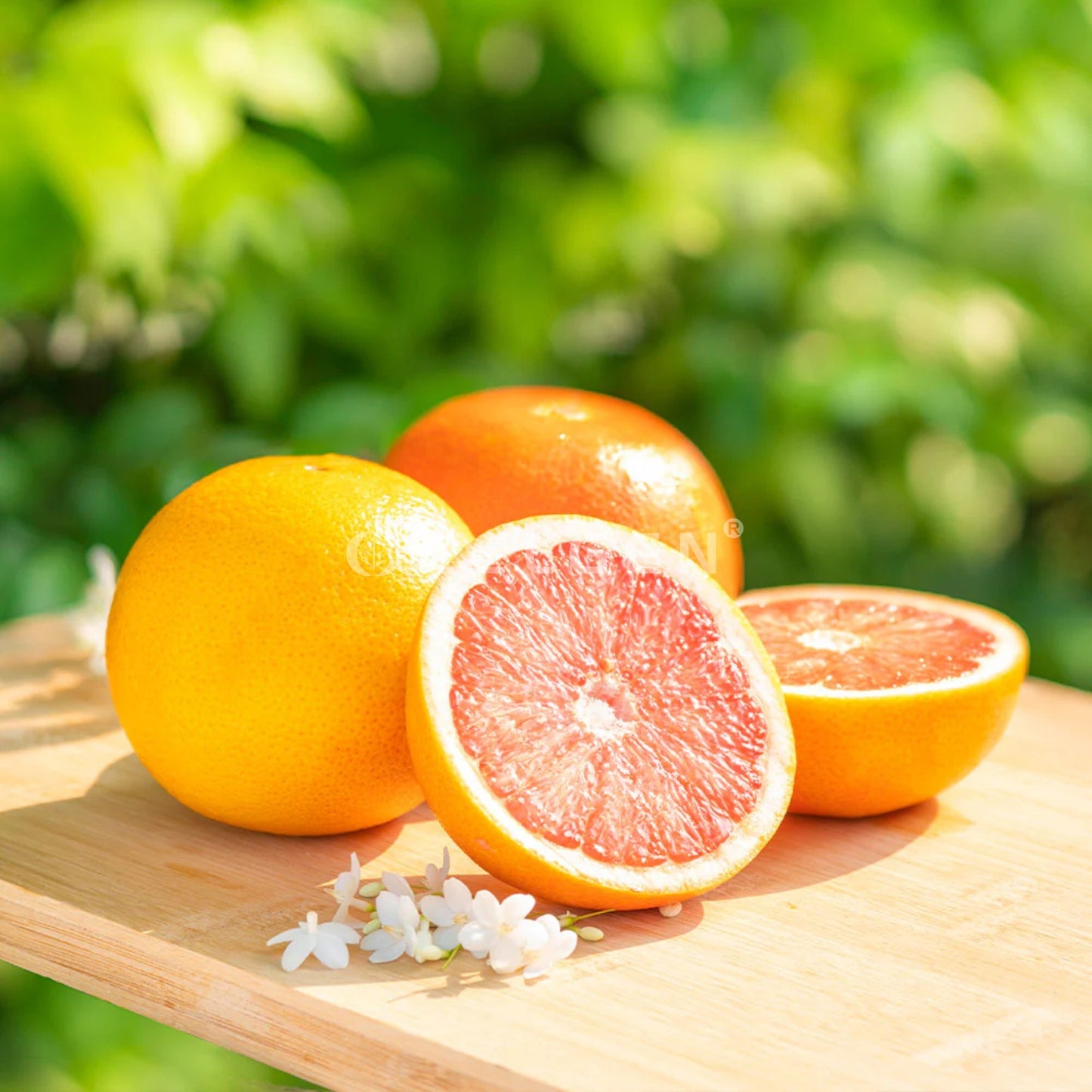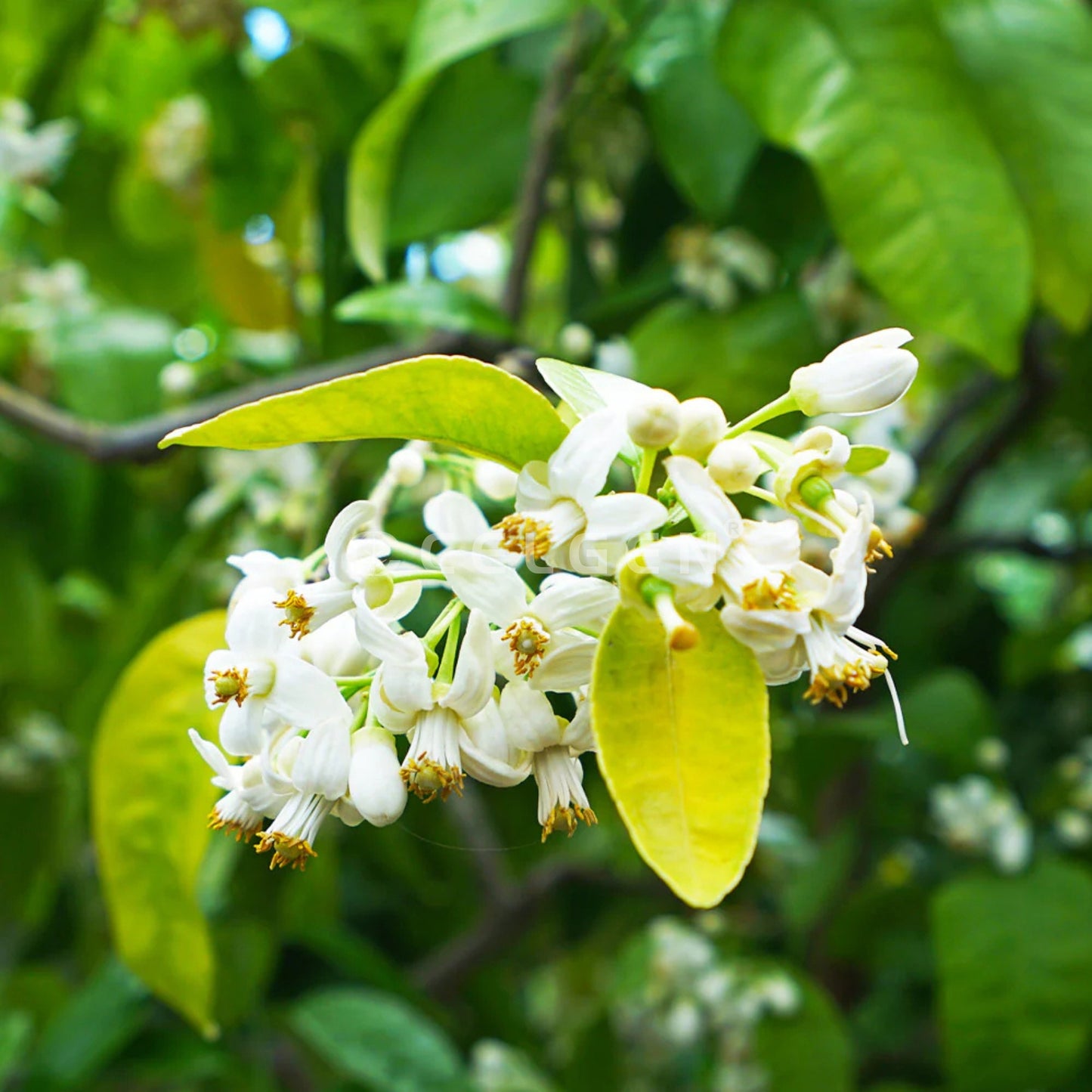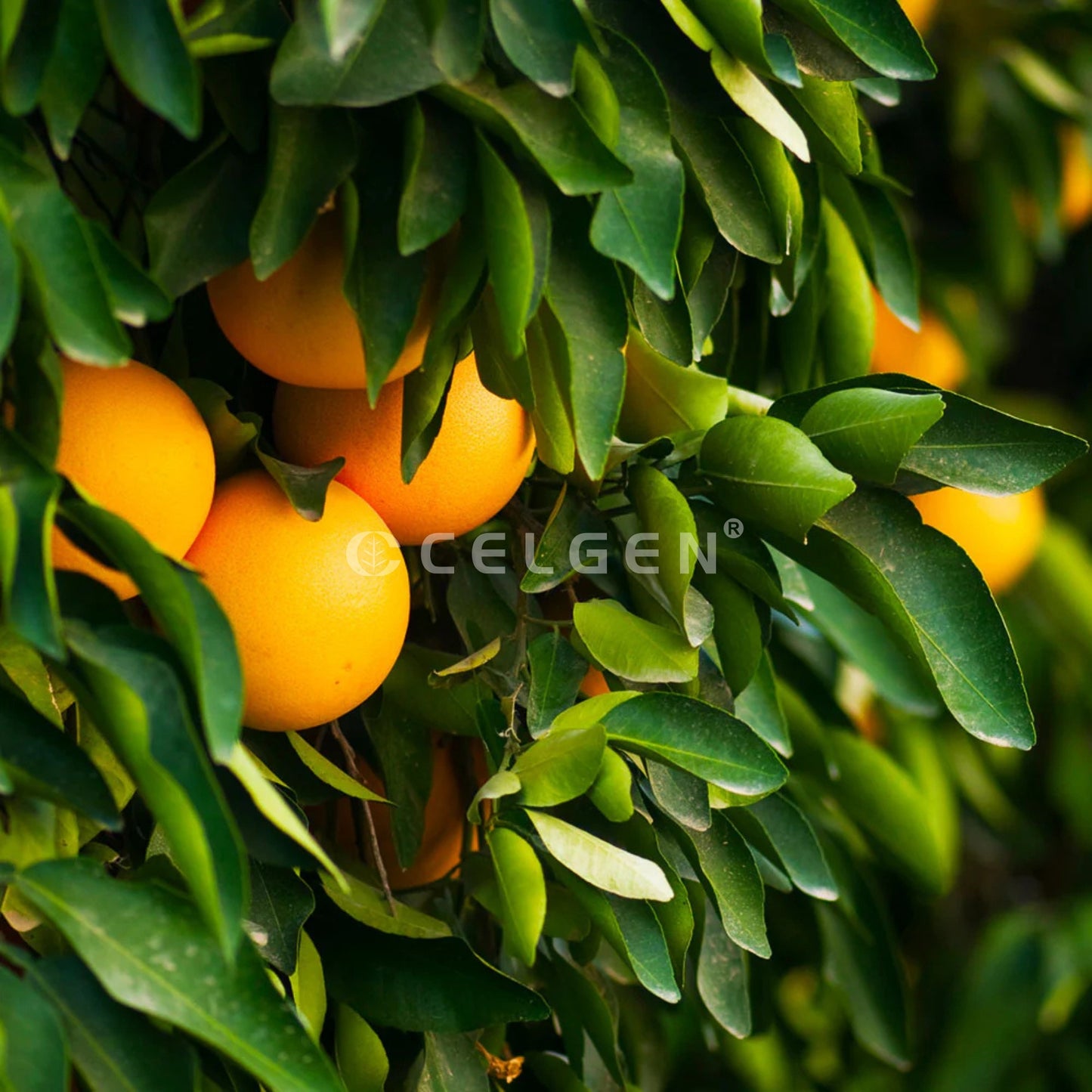My Store
Ruby Red Grapefruit Tree – Citrus × paradisi ‘Ruby Red’
Ruby Red Grapefruit Tree – Citrus × paradisi ‘Ruby Red’
Couldn't load pickup availability
Seedless, Sweet & Nutrient-Rich Grapefruit, Grown at Home
The CELGEN Ruby Red Grapefruit Tree is America’s favorite grapefruit for good reason — it offers sweet, seedless fruit that’s easy to peel and bursting with flavor. This variety produces abundantly during the winter months, so you can enjoy fresh citrus when other fruits are out of season.
Superior Growth with CELGEN Rootstock
Every Ruby Red Grapefruit Tree we offer is grafted on our own tissue culture–developed rootstock, produced in the CELGEN laboratory. This guarantees:
-
Uniform and vigorous growth
-
Resistance to soil-borne diseases and nematodes
-
Long-lasting productivity and consistently high fruit quality
Perfect for Garden or Patio Growing
Ruby Red thrives in the ground in warm climates but can also be grown in large containers in cooler regions. Simply move it indoors during the cold months and place it near a sunny window to keep it productive year-round.
Fruit & Tree Characteristics
-
Pale yellow skin blushed with red
-
Sweet, seedless, juicy flesh
-
Glossy green leaves and fragrant white spring blossoms
-
Medium growth habit, easily maintained at 5–6 ft in pots or up to 15–20 ft in the ground
Harvest Season
Peak harvest is December through May, offering months of fresh, home-grown citrus.
Specifications
-
Botanical Name: Citrus × paradisi ‘Ruby Red’
-
Fruit: Sweet, seedless, juicy, easy to peel
-
Rootstock: Grafted on tissue culture–developed rootstock (CELGEN Laboratory)
-
Mature Height: 5–6 ft in pots, 15–20 ft unpotted
-
Harvest Season: December–May
-
Light Requirement: Full sun (6–8 hrs/day)
-
Pollination: Self-pollinating
-
Uses: Fresh eating, juicing, desserts, salads
Care Guide
1. Planting – Select a sunny, well-drained location. For pots, choose one twice the width of the shipped plant’s container, with drainage holes.
2. Watering – Water weekly during the first year, more often in hot/dry conditions. Once established, water every 2 weeks or when the top 2 inches of soil are dry.
3. Fertilizing – Feed with a citrus-specific fertilizer from February to September every 4–6 weeks.
4. Pruning – Remove suckers and prune dead or damaged branches in early spring after frost risk has passed.
5. Pollination – Self-pollinating; indoor plants can be hand-pollinated with a small paintbrush.
Share








